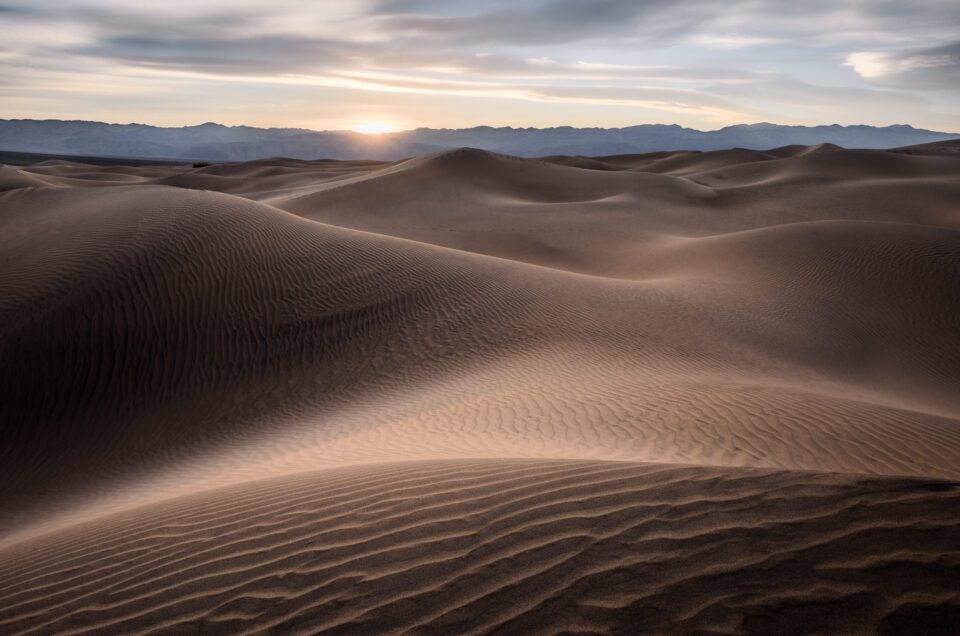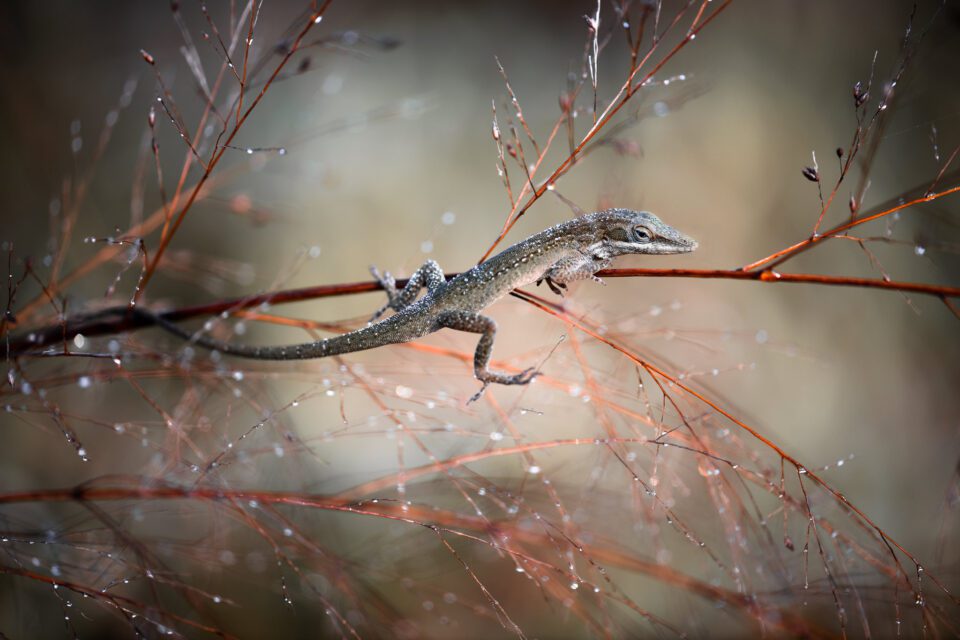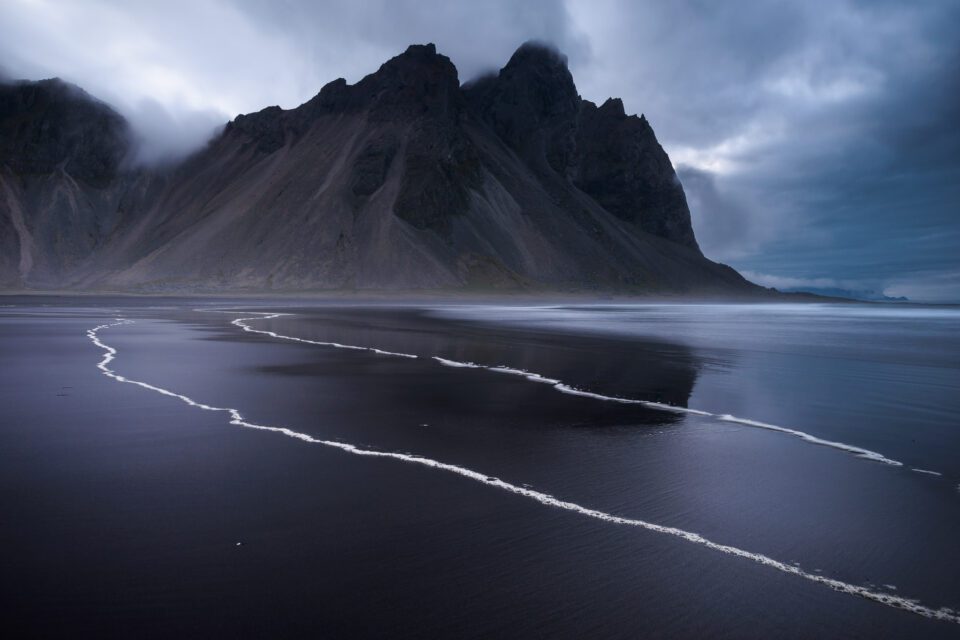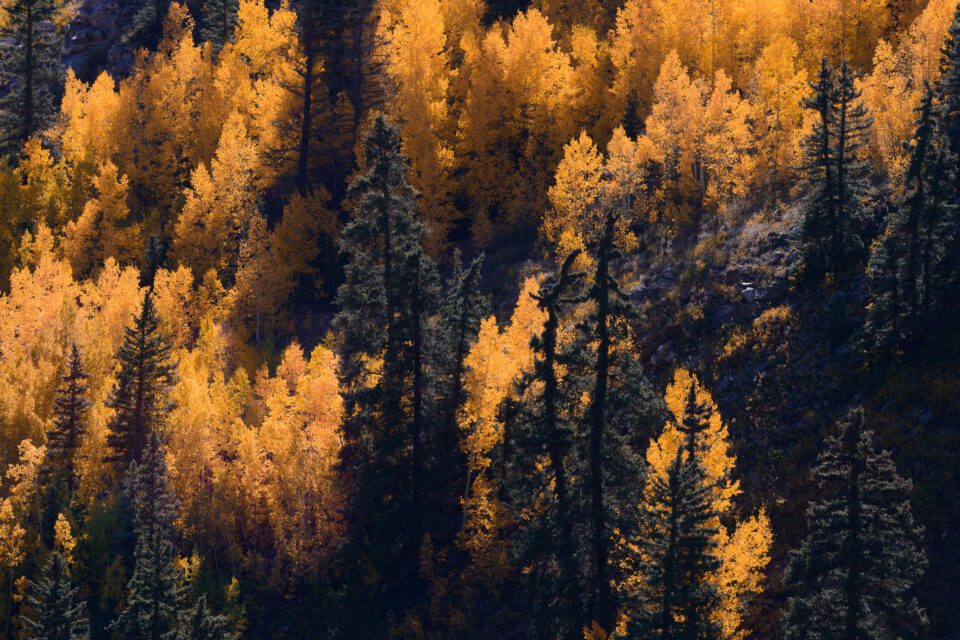There are very few decisions in photography more personal than picking a set of lenses to use. With the incredible number of options available – no matter which brand of camera you use – it can seem impossible to find the right lenses for your needs. Personally, I have switched out my entire lens kit at least four times in the past four years, and many photographers have done so even more often than that! There are no perfect answers for someone looking for what lenses to buy, but I hope that the tips in this article can shed some light on some of the variables that you need to consider for a set of lenses, whether you use Nikon, Canon, Sony, or any other lens manufacturer.
Why is it worth covering the set of lenses that you use? On one hand, even if you are happy with your set of lenses, chances are good that you will switch them out eventually. New lenses arrive on the market every year, and old equipment breaks after a while. Plus, everyone’s interests change. I am not a wildlife photographer, for example, which means that I will need to reassess my equipment if I ever go down that path.
Of course, some photographers have used a single kit successfully over a long period of time. Henri Cartier-Bresson is perhaps the most famous such photographer, sticking primarily to a 50mm for most of his life (though he was known to use a 35mm and a 90mm on occasion). I think that many of us want to be in a similar position – to feel so comfortable with our lenses that there is no need to buy anything new, assuming that lens technology remains relatively constant. That is where I hope the lens-related tips in article can help. Buckle down and grab some popcorn, because there’s a lot of information to cover in this tutorial.
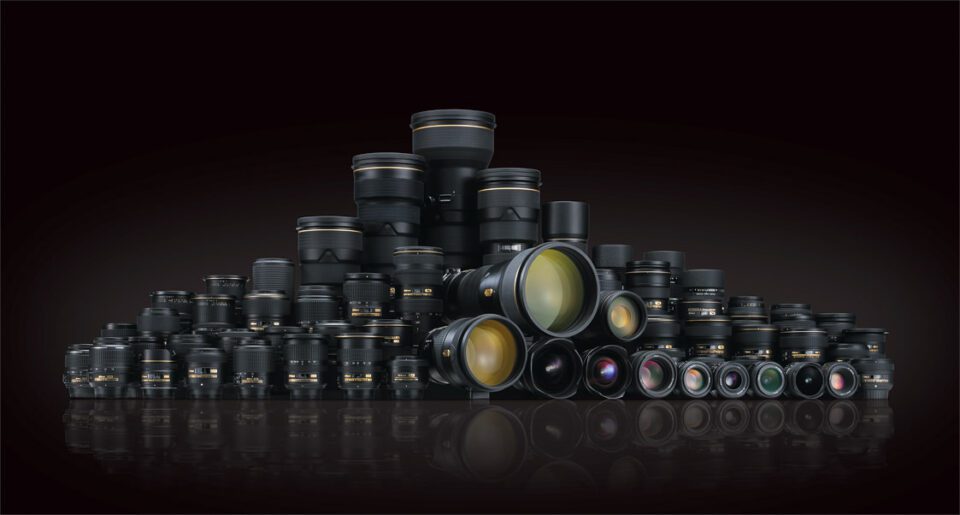
(Image from Nikon Australia)
1) Identifying your needs
Everyone has different interests in photography, which is why so many lenses exist in the first place. At the broadest level, a wildlife photographer’s kit will rarely look anything like an architectural photographer’s kit, or vice versa. As you specialize even further, your lenses will become more and more specific to the subjects that you shoot – say, for example, a macro photographer owning unusual lens extensions that no one else would use.
Below are the ten most important variables to consider while putting together a set of lenses:
- Weight: A lighter kit is easier to carry, which is desirable in nearly every genre of photography.
- Focal Lengths: Ideally, you would cover every focal length that you are likely to use. To save weight, it also is best to avoid duplicating lenses that serve similar purposes. (For example, few people would have reason to own both a 24mm f/1.8 and a 28mm f/1.8.)
- Image Quality: Of course, photographers prefer better image quality in almost every scenario.
- Maximum Aperture Values: A wide aperture is ideal if you are taking photos in dark conditions, or if you want a shallow depth of field.
- Filter Threads: If you plan to use filters, it is best to get a lens with a built-in filter thread – ideally at the same size as your other lenses. However, most lenses can be configured to work with filters, assuming you are willing to purchase additional holders.
- Autofocus Speed: For photographers shooting action, focus speed and accuracy are two of the most important variables. For other photographers, they may not be considerations at all.
- Special Features: If you need a macro lens, a tilt-shift lens, or even something as simple as vibration reduction, you’ll want to keep an eye out for specific lenses.
- Build Quality: Weather sealing, barrel material, the smoothness of the focus ring – even the brand of lens can make a difference in subtle aspects of the build quality and ergonomics.
- Compatibility: If your lenses don’t work with a camera you own or are planning to buy, that’s a problem.
- Price: The cost of your lenses is perhaps the most important consideration for a kit, and it varies from person to person.
To give a real-world example, I’ll cover how my kit fits each of these variables. I am under no illusions that these lenses are the best available, even for my needs, but I am happy with what I have:
- Nikon 20mm f/1.8 (Review)
- Nikon 35mm f/1.8 FX (Review)
- Nikon 70-200mm f/4 (Review)
- Nikon 105mm f/2.8 VR Macro (Lens Database)
These are used on a full-frame camera, so the focal lengths are accurate for a 35mm standard. Here’s a quick list of the pros and cons of this kit, and how the lenses match with the ten considerations I listed above:
Weight: Since I like to do a lot of hiking for landscape photography, I need a lightweight kit. At the same time, I’m carrying the kit in a backpack rather than around my neck, so I won’t sweat a few ounces. Combined, the 20mm, 35mm, and 70-200 weigh a total of 1.5 kilograms, or 3.33 pounds, which is reasonable for the focal lengths they cover. I leave the 105mm at home for landscape photography, since it simply duplicates the purpose of my 70-200. A mirrorless kit would be lighter, although maybe not by as much as you think.
Focal Lengths: For me, these focal lengths generally work well for landscape photography. On the long end, the 70-200mm covers nearly every landscape I want. The wide lenses don’t cover quite the same range, but they work for my current purposes. The gap between 35mm and 70mm doesn’t bother me, since I rarely use those focal lengths in the first place (and I no longer use the 50mm that I owned). In an ideal world, though, I would get more coverage at the wide end, without sacrificing weight or image quality.
Image Quality: Three primes and one of Nikon’s sharpest zooms – the image quality from this kit is as good as I could want. Plus, the 20mm prime has less flare than most wide-angle zooms, which is always welcome.
Maximum Aperture: Since I shoot landscapes and macro scenes, I’m almost always at an aperture of f/8 or smaller. However, for nighttime photography, the f/1.8 aperture on my 20mm is very welcome.
Filter Thread: It is very important as a landscape photographer that I have the ability to use filters easily. Although it is possible to use filters even with a lens like the Nikon 14-24mm f/2.8, which doesn’t have a built-in thread, I prefer to use the smaller, less-expensive filters that I already own. Still, this is not as important of a consideration, since nearly all lenses allow the use of filters, however cumbersome.
Autofocus Speed: Other than my 105mm macro, my lenses could be manual focus for all I care! This isn’t one of my considerations. I actually thought about Zeiss lenses for a while, but I concluded that equivalent Nikon lenses (like the Nikon 20mm) were more than enough for my needs, as well as lighter and less expensive.
Special Features: Along with normal landscape photography, I needed lenses for two specialized purposes: macro and occasional nighttime photography. I don’t particularly care about vibration reduction or any other features, since I use a tripod nearly all the time (though a tilt-shift would be nice, if expensive). For me, the 20mm f/1.8 and the 105mm macro fit these requirements well.
Build Quality: My 105mm lens is made of metal, and the others are made of high-quality plastics. I’m not a stickler for build quality, so this is not one of my main considerations, although I am glad that my kit was weather-sealed. I do wish that the focusing ring on my 35mm f/1.8 were a bit smoother, but I can live with it.
Compatibility: I don’t need to worry about compatibility issues at the moment, since I use a modern full-frame DSLR. However, when I owned a crop-sensor camera, I preferred FX lenses whenever possible; I knew they would work if I ever got a full-frame camera.
Price: These lenses aren’t cheap, but they are less expensive than f/2.8 zooms and f/1.4 primes. Landscape photographers can get away with decent prices, since we rarely need wide apertures or quick focusing speed. If you are short on cash, even the kit lenses (including 18-55 and 55-200mm zooms) are pretty solid for landscapes. There are lenses for every budget, and you can always upgrade once you’ve saved up enough money.
Is this my end-all-be-all kit? Absolutely not. I would be shocked if I still use these lenses in ten years, or even these exact focal lengths. But photography is about experimentation, and this is the kit I’m experimenting with right now. They fit my purposes very well.
If you are trying to decide on your first camera and lenses, ask yourself about the relative importance of each of these ten factors. If weight is the most important variable, a mirrorless or crop-sensor camera would be a good choice. If you don’t care as much about weight, but you need reliable and fast autofocus, you probably will gravitate towards a DSLR kit. Of course, if you already have a particular type of camera, you have a more limited number of lenses available to choose.
To decide on my kit, I wrote down ahead of time how much money I was willing to spend. I was looking for lenses to cover wide and telephoto focal lengths, and I knew I didn’t need anything near 50mm. Since I was using a full-frame Nikon DSLR, I narrowed the search even further; still, I had several possible kits to research and compare. My final decision was the result of a long process, but not one that is insurmountable. It helps tremendously to have resources like Photography Life’s Lens Database, which shows you a list of essentially every lens that fits a given camera mount. I haven’t found an easier way to see, for example, all seventeen 50mm prime lenses that fit Nikon DSLRs (twenty-two, actually, if you count the ones made by Lensbaby). This is not a quick process, of course, but it is a necessary part of finding the right kit.
2) A focal length gap
I mentioned that there is a large gap between my 35mm lens and my 70-200mm lens – and yet, I have no problem with the missing focal lengths. Sure, some photos will be harder to take, but I have analyzed my focal length usage and determined that I rarely use anything around 50mm in the first place. (And, as I wrote in my first article for Photography Life well over a year ago, there are ways to achieve a 50mm equivalent focal length without using a 50mm lens).
Some photographers go crazy over missing a focal length. If you want a 14-24mm, 24-70mm, 70-200mm, and 200-400mm kit, feel free to do so; if your kit works for you, that’s all that matters. Other photographers even prefer to have overlapping focal lengths, like a 16-35mm coupled with a 24-120mm and a 70-200mm. Both of these kits are perfectly acceptable, although you’ll pay for the extra millimeters somehow (in weight, price, or optics).
Personally, though, it doesn’t bother me to “miss out” on a few focal lengths. A slight gap in my kit – or even a relatively large gap – is not the end of the world. Again, Henri Cartier-Bresson used a kit with a 35mm, a 50mm, and a 90mm lens, rarely removing the 50mm. I doubt that he was bothered by the missing focal length.
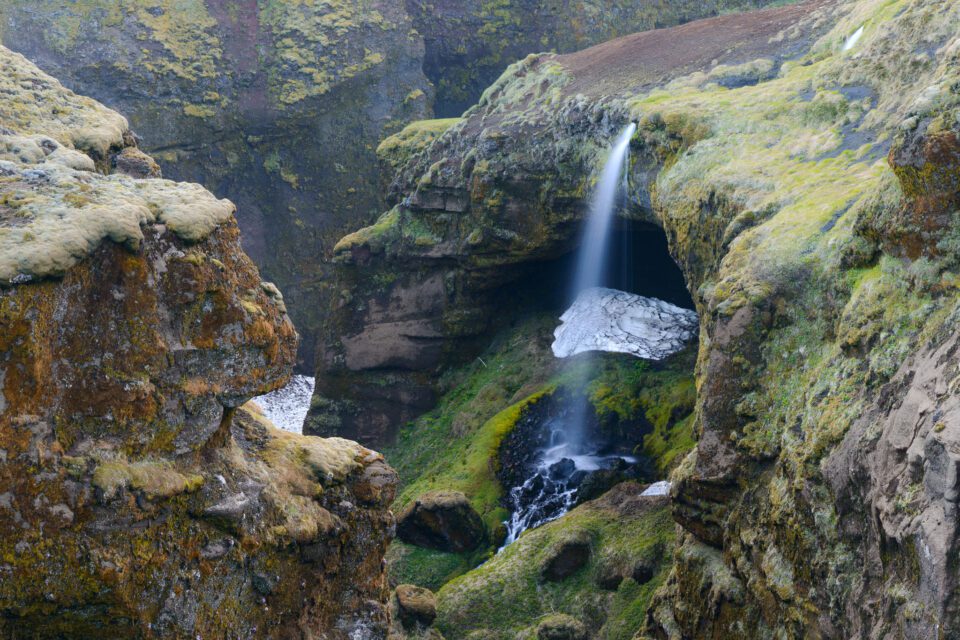
NIKON D800E + 105mm f/2.8 @ 105mm, ISO 100, 1.6 seconds, f/16.0
This is a panorama from three vertical 105mm images, giving the same effective field of view as a single shot from a 70mm lens.
3) Personal preferences
As much as the features of your lenses matter – from their weights to their focal lengths – this is also a game of personal preferences. Do you want that Zeiss 50mm even though the Nikon is probably a better value? That’s perfectly fine, and it should be part of your considerations. Or, do you truly hate ultra-wide angle lenses, even as a landscape photographer? You’d probably prefer a 24-70 rather than an 11-24, even if many photographers would disagree.
When I chose my macro lens, there were several competing options from third-party manufacturers. Many of these lenses were less expensive than the Nikon 105mm VR, and all of them were similar in image quality. However, I decided on the Nikon, if only for vague reasons (such as the bokeh and weather sealing – issues that probably wouldn’t make a big difference, but ones which I felt justified my gut feeling). It wasn’t the obvious choice, especially for someone like me who was trying to save every possible penny, but I am very glad I got the Nikon in the end. Why? The most important reason is that I used my 105mm to take what is, in my opinion, my single best photograph (shown below) – one that required every bit of pixel-level precision. Would I have gotten the same picture with a third-party lens? Perhaps so, but it is impossible to say for sure. On top of that, the 105mm macro has been the longest-lasting piece of equipment I own, and it has worked perfectly the entire time. This was definitely a case worth following my gut.
On a more rational level, you simply may have different preferences for what you like and dislike in a lens. Maybe you love the 50mm focal length more than any other, even without a concrete reason; that is more than enough justification to add one to your kit. Or, perhaps you strongly prefer prime lenses to zoom lenses – again, a completely valid way to choose a kit.
Of course, your personal preferences will change over time. I used to love ultra-ultra-wide angle lenses (16mm or wider), for example, but I now find them difficult to use and not particularly worthwhile. At some point, I’m sure that I will change again, and wide-angles will be my absolute favorites. So, if a lens works as well as my 105mm that’s great – but that won’t always be the case. For most photographers, your preferences and needs will change over time, which is completely understandable. If a lens doesn’t work out in the long run, you can always return or resell it.
4) Improving your kit over time
It is highly unlikely that your first lenses will be the perfect ones for your needs. Every lens you use, however, tells you something new and valuable about your personal preferences. After owning a 50mm lens for more than a year, it became clear that I rarely used that focal length. When I exclusively used a set of three prime lenses, I learned that I didn’t mind taking pictures without a zoom. I have used too many lenses to list every experience I have had, but it suffices to say that each one was a valuable lesson.
The best part about lenses is that you can switch and upgrade your kit without too much difficulty. Although you won’t get all your money back from reselling a lens, I like to think of it as a long-term rental. You may lose some money in the process, but it’s still cheaper than a rental house would charge. Plus, along the way, you gain insight into the best lenses for your personal style.
As I said in the beginning of this article, I have switched my entire lens kit a total of four times, and more if you count minor changes. Each time was a clear improvement over the last, and that is to be expected. Your set of lenses is a growing, changing part of your photographic equipment. It will continue to improve as you grow better at identifying your needs.
5) Conclusions
Picking a set of lenses is not an easy decision. The number of variables is too great to count, especially if you add in all the old and third-party lenses available for cameras these days. You probably won’t find the best kit on your first try, or even your second and third. But, as you steadily learn your preferred style of photography, it will grow exponentially easier to decide upon the right kit.
Some of my personal experiences attest to this perfectly. After returning from an incredible landscape photography expedition, I realized that my telephoto images (shot on my 105mm macro) were always a bit “off” in their focal length. Either I needed to crop the images tighter, or I wished that I could have zoomed out a bit further. I decided I needed a telephoto zoom, and Nikon’s 70-200mm f/4 – relatively light, and incredibly sharp – jumped out immediately. I didn’t need to do more than a few minutes of research; no lens came close to the 70-200 f/4 for my purpose. Now, after using that lens for nearly a year, I consider it almost irreplaceable.
Your choice probably won’t be this clear-cut and successful; in most cases, it will take several tries before you have a good sense of the best lenses for your needs. Some people never really do, and that’s fine too – if you enjoy swapping out your lenses every so often, that is a perfectly fine way to enjoy photography. Behind everything, that’s what makes the most difference: enjoying what you do. If a given kit helps you enjoy photography, that’s more important than any technical considerations.
The post How to Choose the Right Lens Set appeared first on Photography Life.

